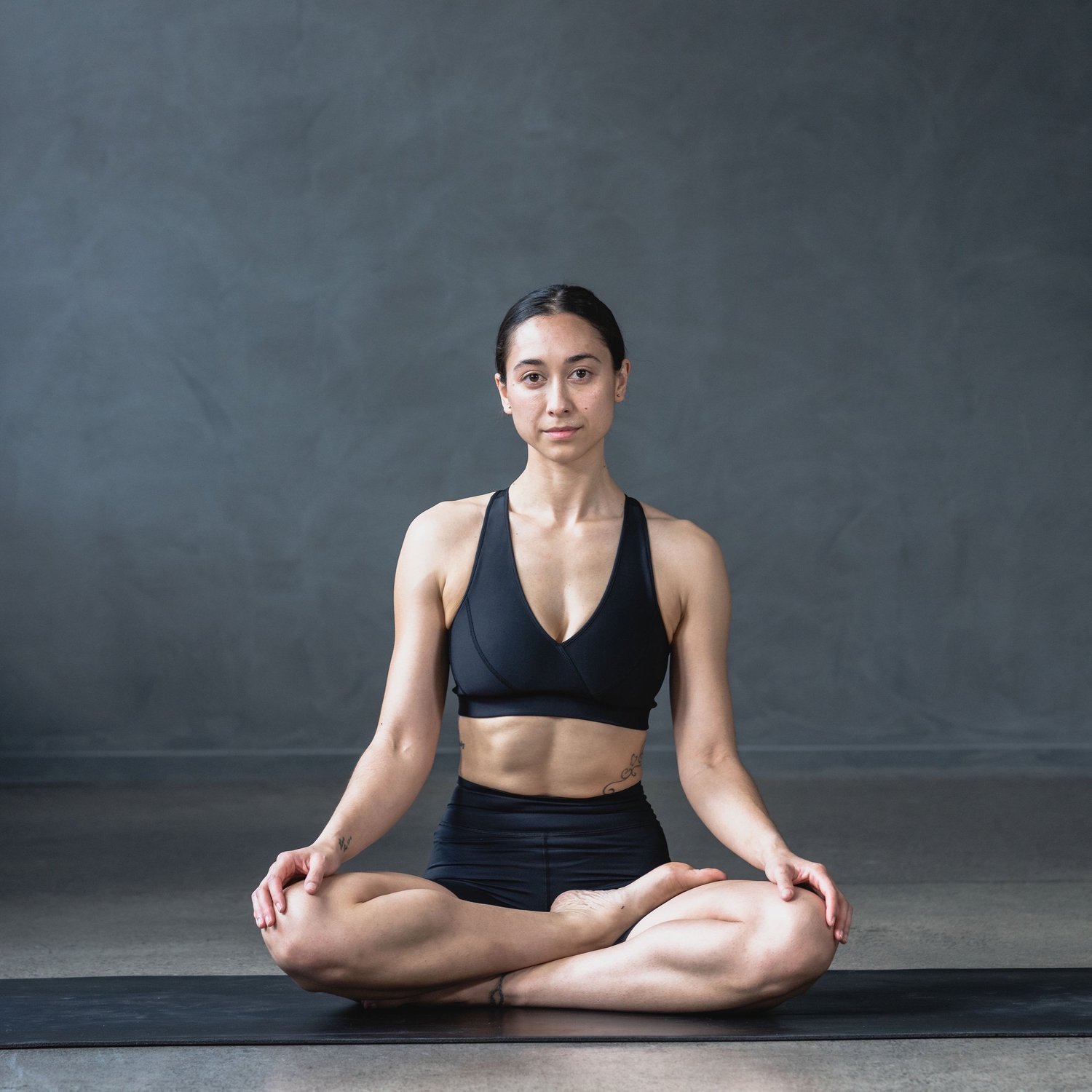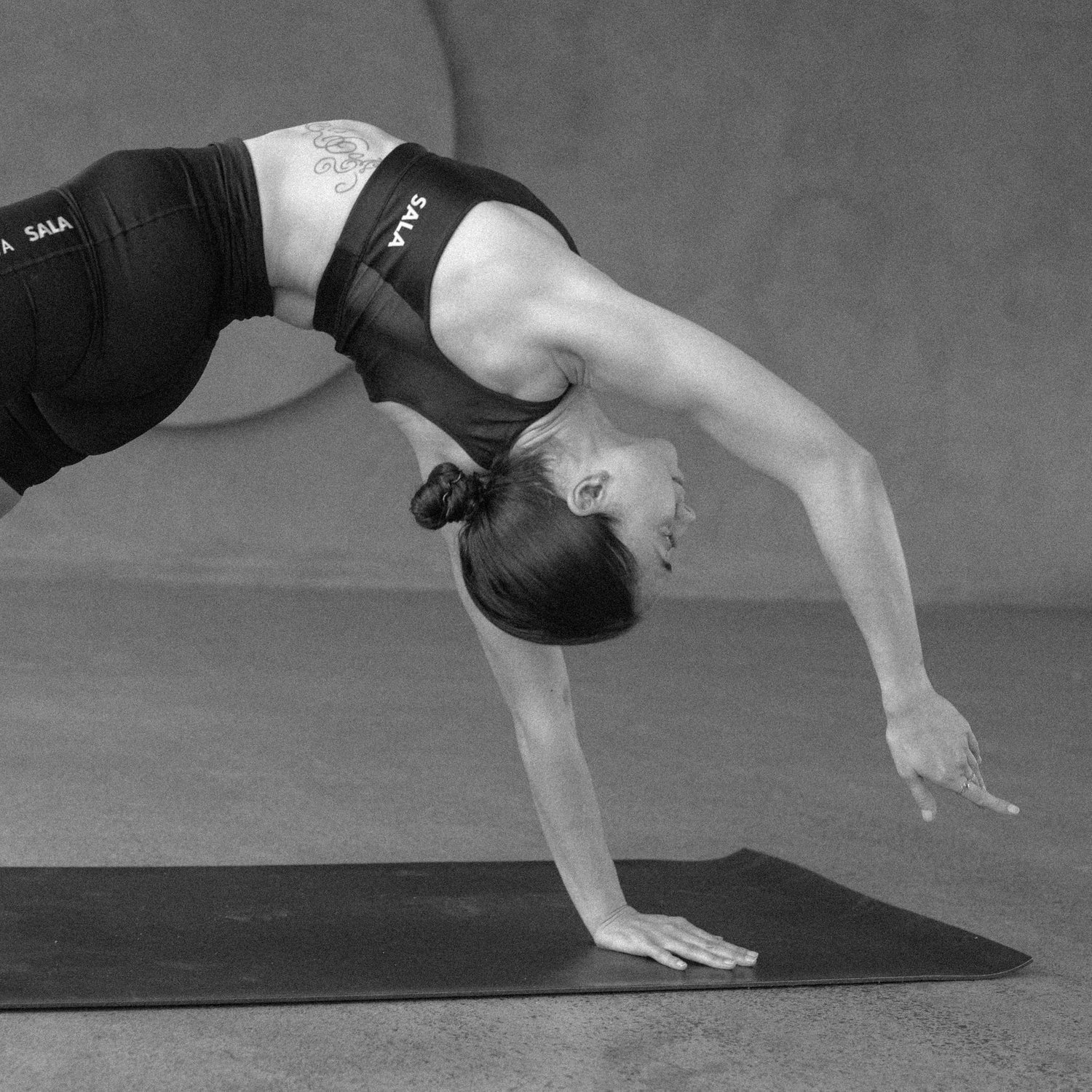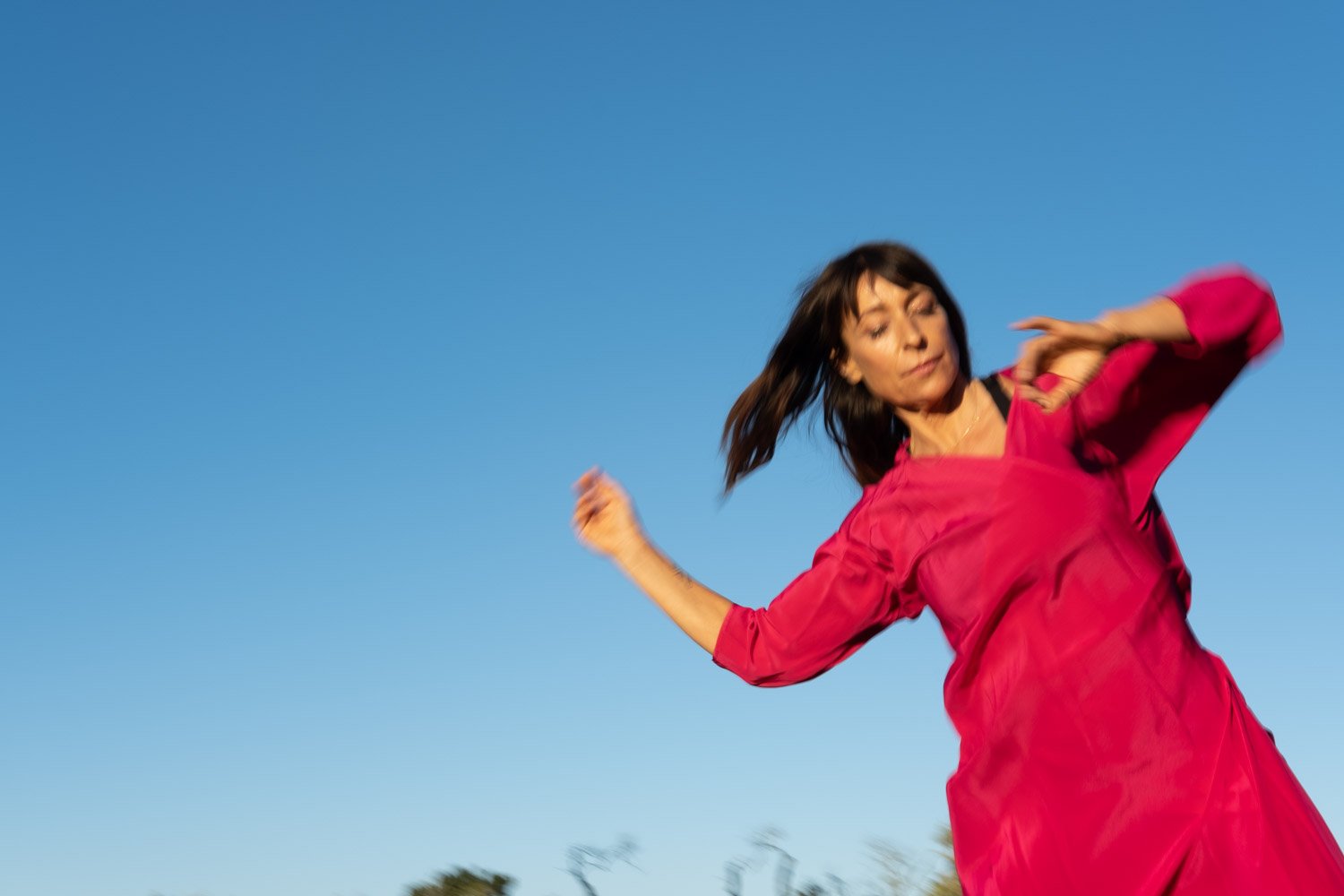Community
Meet Sam Veitch | Sala Studio, Auckland, NZ
Sam’s ability to transform any space into one of healing, is a gift carried through her from many generations of spiritual practice.
Nov 23, 2021
Sam’s ability to transform any space into one of healing, is a gift carried through her from many generations of spiritual practice. We get to know who she is, beyond the mat.

Ko wai koe / Who are you?
He uri tēnei ki Te Moana-a-toi, I te taha o tōku māmā Ko Ngati awa te iwi, I te taha o tōku pāpā no Kōtirana me Iuropa ōku tīpuna. My ancestors on my mother’s side arrived in the Bay of Plenty on the waka mataatua. My ancestors on my father's side are from Scotland and Europe. For māori, whakapapa is more than just our genealogy, it’s a doorway to the past where there is almost an invisible line of knowledge tethered to us which we may use to help shape our future. I believe there is space for everyone within this world, Te āo Marama, and the more we find inclusivity and collaboration the better we will all be for it. My whakapapa is a testament to that.
What drew you to teach yoga?
I’ve always been an active person and enjoyed movement of all forms. I view the world through a holistic lens and so attending a gym just to get a workout in felt quite empty to me. I loved that yoga offered space for movement but also a deeper connection beyond just the physical. Once I began my SALA teacher training I fell in love with the philosophy behind the practice as many of the guiding principles felt intertwined with my māori heritage.

Why do you teach bilingual yoga classes?
Ki au - ko te reo te waka e kawe ana I ngā matauranga o te āo māori
To me - Maori language is the vehicle that carries the knowledge of the māori world.
Other than my own desire to immerse the Māori language and culture into my workplace, there are two main reasons why I teach bilingual classes.
In order for māori culture to regenerate and thrive there must be a desire to have matauranga māori sitting alongside western society cultures & ideals beyond the māori community. Decolonising space can occur in many different ways and this is my approach to doing just this using yoga as a medium. I’ve found there are many parallels between yoga and māori knowledge which I’ve connected through yogic philosophy and pūrakau (māori stories) - the names of the gods or goddesses may differ slightly but the concepts or the morals are the same. With yoga in the west often looked upon as a colonised space, I thought why not uplift the indigenous roots & principles of this practice whilst teaching others about māori culture? I’ve found offering students an opportunity to learn and connect to māori culture in a safe environment is a great way to have them begin to question their beliefs & ideals in their own way.
I am also very passionate about opening this practice up to the māori/pacific community as a tool to aid in healing - It’s not often I see more than a handful of māori/pacific in my studio classes and this is something I want to change. Though it’s not a traditional Māori practice, for me it feels like home because it truly embodies the holistic ways of māori culture.
Through tantric yoga we use the body as a vessel to find a stronger connection to self (Taha tinana), we give ourselves the opportunity to step back from the stresses of the mind (Taha hinengaro), and begin to focus on fortifying the connection to spirit (Taha wairua). If we can then extend these tools to the community around us (Taha whānau) then we are fulfilling not only the model Te whare tapa whā, we are giving ourselves the opportunity to heal past trauma that may be lingering within our communities at the hands of colonisation.
Because of this, as well as teaching in studio spaces, I also aid in a youth programme through The Kindness Institute with yoga being one of the tools we offer for mindfulness as well as using pūrakau (māori stories) as the vessel to offering yoga within māori medium and mainstream schools with M3 mindfulness. Youth are the ones who will shape the future and so giving them access to mindfulness tools now will benefit everyone.
How would you describe your classes?
Though you’ll always experience a mix of traditional & non-traditional asana (postures) and have opportunities to explore and play in my classes, they do vary in purpose throughout the month depending on what’s happening in the environment as I use the Maramataka (Māori lunar calendar) to gauge the sequencing and intention of my classes. My ancestors used the maramataka for everything from navigation to planting/harvesting crops, to knowing how to adapt to their environment. There is a specific name for each phase of the moon and energy that is amplified during that period. If you were to attend a class during Rākaunui (the full moon) you could expect an energising class with fun transitions and lots of arm balances or inversions. If you came along during the Tamatea phase of the moon (which lasts 4 days) you could expect a practice heavily centred on finding clarity in the mind with lots of pranayama (breathing exercises) and longer meditations.
What’s your favourite thing about the SALA community?
I love that everyone arrives on the same level - there is no hierarchy between teachers or students but a mutual respect and understanding that this is a collective space to express yourself in your own way that is felt as soon as you arrive. I view SALA as an outlet for creatives rather than a fitness centre.

What’s the best piece of advice you’ve ever been given?
We have sovereignty over our inner thoughts, feelings and emotions and it’s up to us which ones we act upon.
This comes from a māori story known as Nga kete o te wānanga - The three baskets of knowledge.
In short, of the children of Rangi & Papa (the sky & earth), Tāne was chosen to ascend the heavens to receive these baskets of knowledge to bestow upon the earth. Tāne’s brother Whiro was angry about this as he thought he should be the one to ascend & so he made Tāne’s journey as difficult as possible.
Within Te āo māori the gods are a part of our whakapapa & therefore a part of us. Both Whiro & Tāne exist within us like the duality of yin & yang.
Tāne may represent joy, happiness, success etc whilst Whiro - anger, anxiety, and stress. All qualities we’ve all experienced but the overarching advice in this story is that it’s up to us who we give our energy - whether it be Tāne or Whiro.

